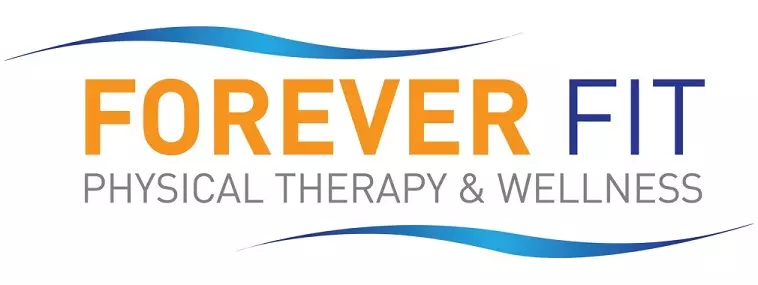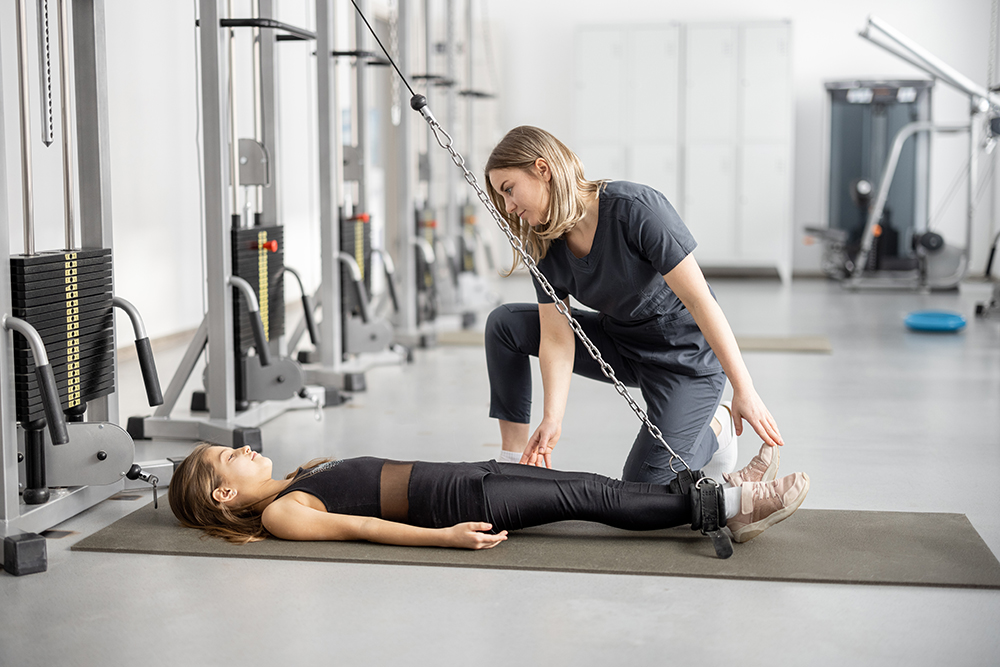Lower back pain is a common symptom. It can affect everything from walking and standing to sleeping comfortably. Whether your pain is caused by poor posture, muscle strain or an old injury, movement tends to be one of the best ways to find relief. Regular stretching and strengthening exercises can help reduce pain, improve flexibility and prevent future flare-ups.
Research finds that certain targeted exercises, such as core stabilization exercises, can improve physical function in people with chronic lower back pain. If you’re not sure where to get started, a licensed physical therapist can help you find exercises that help address your condition. Along with other treatments, targeted exercises can play a fundamental role in physical therapy. Learning how to practice physical therapy exercises can be a good step toward alleviating your lower back pain.
5 PT exercises for lower back pain
- Pelvic tilts — Lower back pain can develop for many reasons. Muscle weakness around your core can be a major contributor. With pelvic tilts, you can strengthen the muscles that support your lower back. This gentle movement can be great for reducing stiffness and improving spinal alignment. To do pelvic tilts, lie on your back. Bend your knees and press both feet flat against the floor. Next, press your lower back down into the floor while clenching your abdomen. Push your pelvis upward at the same time. Hold for about five seconds; then relax. You can repeat 10-15 times, or as prescribed by your physical therapist.
- Cat-cow stretch — The cat-cow stretch involves moving from one pose to another. To start, get on your hands and knees. Straighten your arms, and keep your legs straight from the hips to the knees. Then take a deep breath in, curving your back toward the floor as you do. Lift your head and pelvis. Face forward. This is the “cow” pose. From here, exhale deeply as you raise and round your back. At the same time, tuck your chin and pelvis. This is the “cat” pose. You can hold each position for a few seconds between stretches, repeating 10-15 times. This gentle exercise can be a great way to relax tight back muscles and promote spinal mobility.
- Glute bridges — Glute bridges work to strengthen the glutes and lower back muscles. This can help reduce painful strain on your spine. To do glute bridges, lie on your back with your knees bent. Pressing both feet against the floor, lift your hips toward the ceiling. You may feel a stretch in your upper legs, lower back and hips. Hold the bridge for around five seconds; then gradually lower your body back to the floor. Doing this exercise several times daily can help you strengthen your core and reduce your risk of lower back pain.
- Seated spinal twists — This stretch improves spinal mobility and helps reduce lower back stiffness. You can do seating spinal twists by sitting on the floor with both legs extended. Bend your right knee and cross your bent right leg over your left leg. Next, turn your upper body to the right. Place your left elbow on the outside of your bent right knee. This will hold you in place while you gently twist your upper body to the right. Hold for around 20 seconds, planting your free hand on the floor for support if needed. You can then switch sides.
- Hip flexor stretch — The hip flexor muscles are a group of muscles located near the top of your thighs. These muscles work to enable flexing at the hip. When you bend forward or lift a knee toward your chest, you are engaging your hip flexors. Though these muscles aren’t situated in the lower back, stretching them may still alleviate lower back pain. In some cases, tight hip flexor muscles can put extra strain on the pelvis and lower back. This may lead to symptoms like lower back pain and stiffness. If tight hip flexors are contributing to your pain, stretching them can be key to recovery. To stretch your hip flexor muscles, kneel with one knee on the floor. Your other leg should be in front of you and bent so that you can plant your foot. Your legs should form a 90-degree angle at the hips. From this position, slowly lean forward. You should feel a stretch at the front of your hips. Lean for 20-30 seconds; then let go. You can then switch sides.
Forever Fit can help you manage your lower back pain
At Forever Fit, exercises are just part of what we offer. We use many different techniques that can be incorporated into your personal treatment plan. Our Gaithersburg, Maryland, location offers specialized back pain services. We also offer a wide array of evidence-based treatments at all of our locations. Whether you’re getting dry needling for pain relief in Rockville or general orthopedic treatment in Burtonsville, our compassionate, experienced physical therapists are here to help you take the next steps toward recovery.
Contact our team today to learn more about back pain treatments or to schedule an initial appointment.

